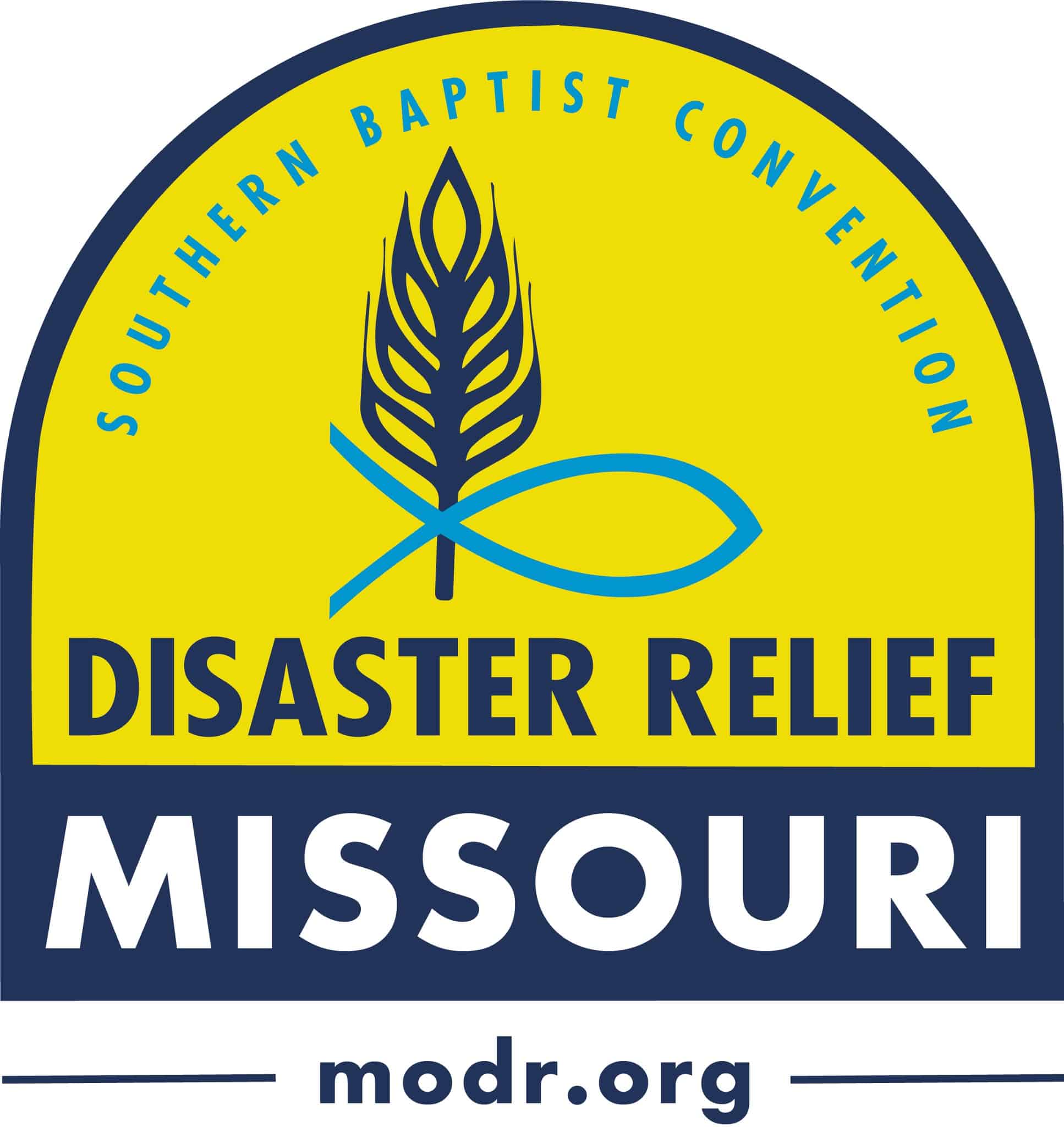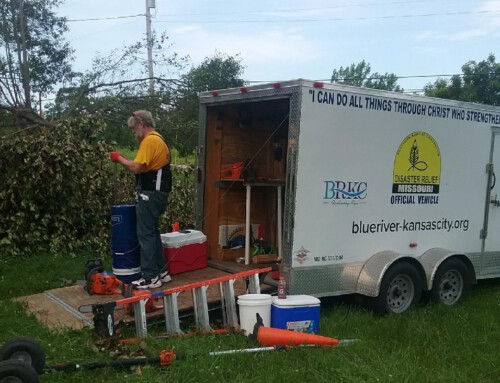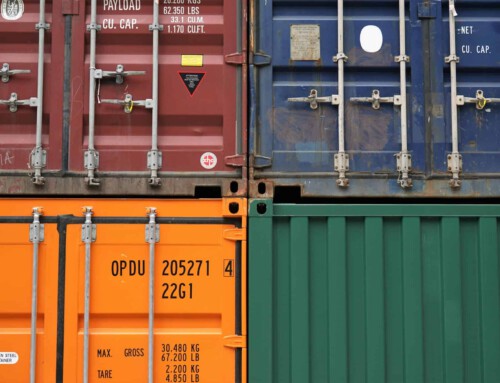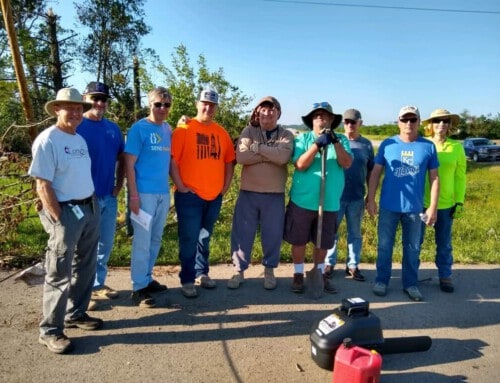Written by Tharran Gaines, reprinted with permission by The Pathway.
Missouri Baptist Disaster Relief (MODR) is known for its slogan of “Bringing Help, Hope and Healing.” However, it’s not always in that order. It’s been said that following a disaster like Hurricane Ian, it takes two or three days for the shock and adrenaline experienced by victims to wear off. That’s when people realize how bad the damage really is; that they are hungry and there’s no way to prepare or preserve food without electricity, and that they don’t know where to turn.
That’s one reason MODR Task Force Ian was on-site at the First Baptist Church in Venice, Florida, within three days of when the hurricane tore through the central part of the state on Wednesday, September 28. According to Mike Hibbard, white hat incident commander (team leader) for the first MODR team to reach Florida, there were already recovery teams, assessors and chaplains in the field by the following Saturday evening.
“In addition, we have the state’s shower unit, feeding unit and laundry unit onsite to support our volunteers and the community.” he said. “Plus, Illinois Baptist DR sent a refrigerator unit for food storage.”
As Hibbard explained, Florida is a state heavily populated by retired people, many living in mobile home communities. There was a lot of damage to those homes alone, particularly to roofs and awnings.
“We counted six large mobile home communities in our service area alone,” he said. “In fact, just one of them has around 1,400 units. In addition to roof damage, a large number of the homes had carports and awnings attaching, which didn’t survive the storm. So, there is a lot of aluminum that needs to be carried to the curb and a lot of units that need tarped to prevent further damage until the roof can be permanently repaired. Unfortunately, Ian victims experienced much more than damage to their homes. Without electricity, people couldn’t fix meals – assuming they still had food that hadn’t spoiled. As a result, the MODR kitchen unit met an immediate need.
“In addition to feeding our own team, we’ve been delivering as many as 500 meals a day to a couple of retirement communities and we’re ramping up for even more capacity,” Hibbard added. “I went with the crew one of the first days we took meals to a retirement community, and they were so thankful. Some of them commented, ‘We haven’t had a real meal for three days,’ and another person told me, ‘I am so tired of peanut butter and jelly sandwiches, I don’t know if I can eat another one.’ The day we took them a hot meal, they kept coming back for seconds.”
By Wednesday, Oct. 5th they had begun providing 2,700 meals per day to the Venice community.
Hibbard says there will no doubt be a growing need for chainsaw and flood recovery teams in the near future. By the end of their first week on the ground, Hibbard’s team of nearly 32 people already had around 130 work orders in the files.
“Right now, our service area covers about 17 miles in each direction,” he said. “If you go south, much of the damage is near the coast as a result of wind and flooding. However, as you go east and north from here, the devastation is further inland and involves more wind damage,” he added, pointing out how Ian traveled diagonally from Fort Myers toward Orlando.
Jason Ballard, a volunteer from Fulton and member of the Heart of Missouri Baptist Association, noted that many of the residents he has helped are also too elderly to do any of the cleanup themselves.
“This is my first time being first-in,” he admitted. “So, after we got the command center set up, my team and I have been doing chainsaw work where we can. One job involved removing a tree that was blocking access to an entire subdivision, while others simply consisted of removing debris an fallen palm trees.”
“The good news,” added Tom Malott, a volunteer assessor for MODR from Doniphan, “is that since Venice was on the outer edge of hurricane damage, most roads are now open; gas stations and several restaurants are back open, and now that the Internet is up and running, people are finding out that help is available. Now it’s just a matter of finding out which is needed most in the weeks ahead…chainsaw teams or flood recovery.”




